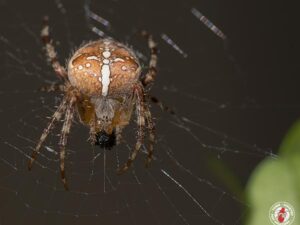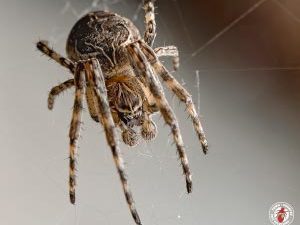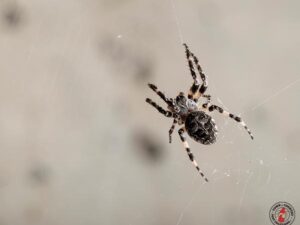
The United States is home to three documented black widow species. These species include the western black widow, the southern black widow and the northern black widow. Of these three species, the southern black widow inflicts the greatest amount of medically significant bites to humans, but all three species are considered medically important. The southern black widow’s range is largely limited to the southeastern US states, while the northern variety can be found as far north as New Jersey. The western black widow is also responsible for a significant amount of threatening envenomations, but this species is rarely encountered outside of California. Both the southern and northern black widow species are very rarely spotted in upstate New York, but two close widow spider relatives, Steatoda grossa and Steatoda borealis, are spotted within and around upstate New York homes frequently. Although the venom produced by Steatoda species are not nearly as toxic to humans as the venom produced by black widows, medical literature details several medically significant bite cases involving Steatoda species.
Steatoda grossa females rarely grow larger than half an inch in body length, and while they resemble black widows, S. grossa is lacking the latter’s red hourglass design. S. grossa is one of the most commonly spotted spider species within homes in the US, when studied with a sample size of 145 S. grossa sightings documented by US citizens saw all but 22 of these sightings occur indoors. The S. grossa species is often referred to as a “false black widow.” The S. borealis species is also commonly found within US homes, as 45 of 59 documented S. borealis sightings occurred indoors. This species is slightly smaller than S. grossa and their habitat is mainly limited to the eastern US. S. borealis is also more well suited to colder climates than S. grossa. Bites from S. grossa are often mistaken for black widow bites, and while this spider is not as dangerous as its widow relatives, many bite victims have experienced lasting blisters and intense pain at the site of a bite wound, as well as systemic symptoms, such as headache, lethargy and nausea. The venom produced by S. borealis is just as likely as S. grossa venom to induce these symptoms following a bite, but Steatoda bites almost never result in serious medical symptoms.
Have you ever sustained a spider bite that caused intense pain?












